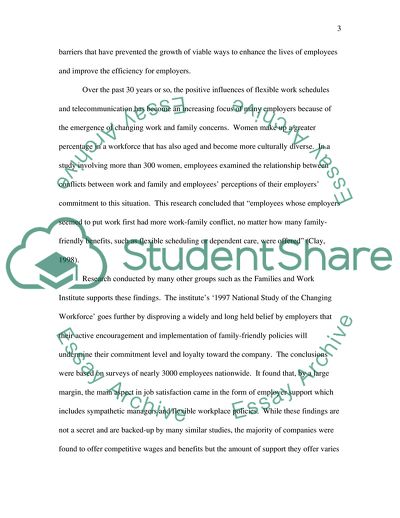Cite this document
(Benefits of Alternate and Flexible Work Schedules Literature review, n.d.)
Benefits of Alternate and Flexible Work Schedules Literature review. Retrieved from https://studentshare.org/human-resources/1704521-benefits-of-alternate-and-flexible-work-schedules-from-a-human-resources-prospective
Benefits of Alternate and Flexible Work Schedules Literature review. Retrieved from https://studentshare.org/human-resources/1704521-benefits-of-alternate-and-flexible-work-schedules-from-a-human-resources-prospective
(Benefits of Alternate and Flexible Work Schedules Literature Review)
Benefits of Alternate and Flexible Work Schedules Literature Review. https://studentshare.org/human-resources/1704521-benefits-of-alternate-and-flexible-work-schedules-from-a-human-resources-prospective.
Benefits of Alternate and Flexible Work Schedules Literature Review. https://studentshare.org/human-resources/1704521-benefits-of-alternate-and-flexible-work-schedules-from-a-human-resources-prospective.
“Benefits of Alternate and Flexible Work Schedules Literature Review”, n.d. https://studentshare.org/human-resources/1704521-benefits-of-alternate-and-flexible-work-schedules-from-a-human-resources-prospective.


